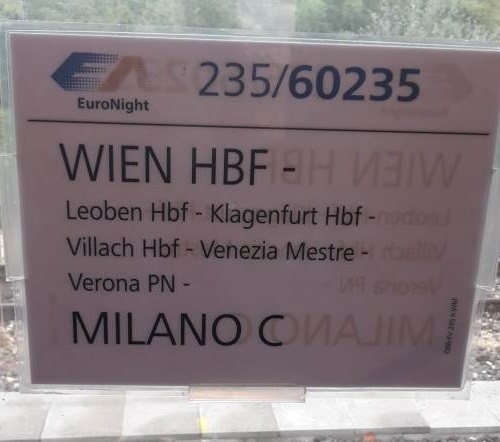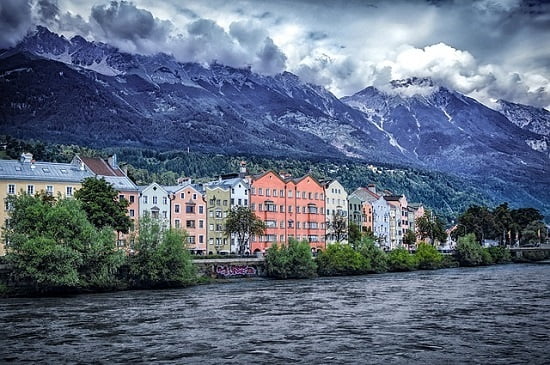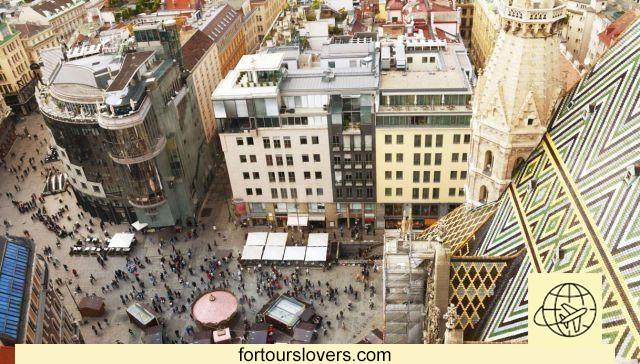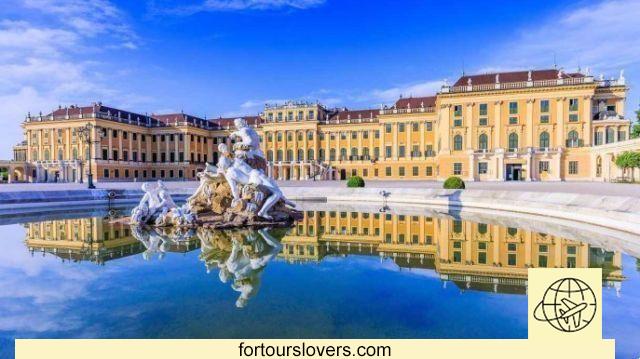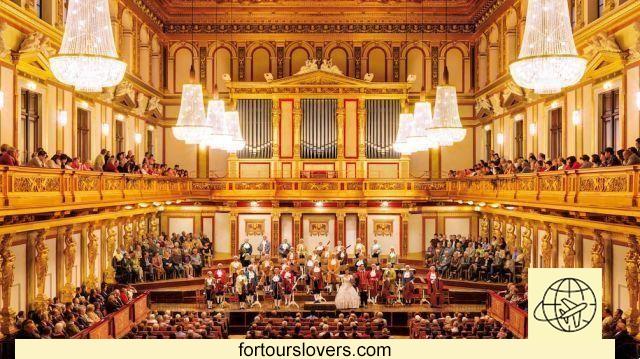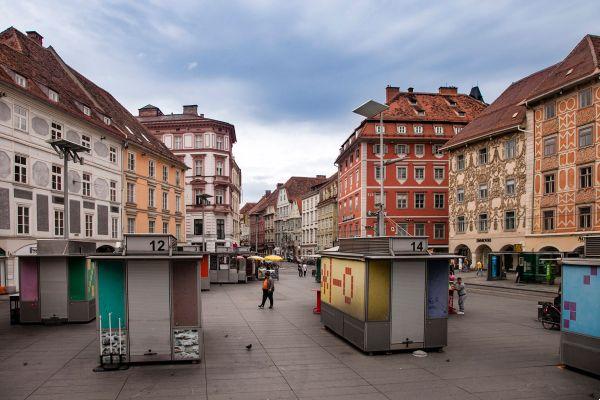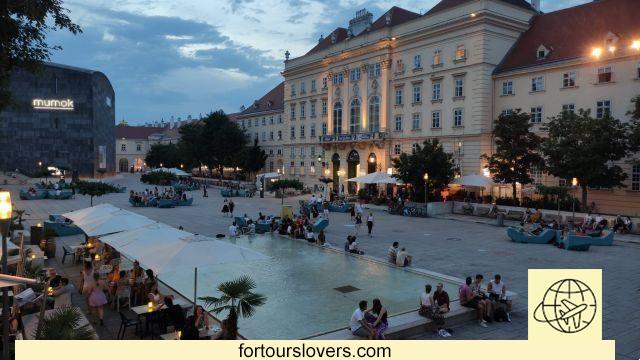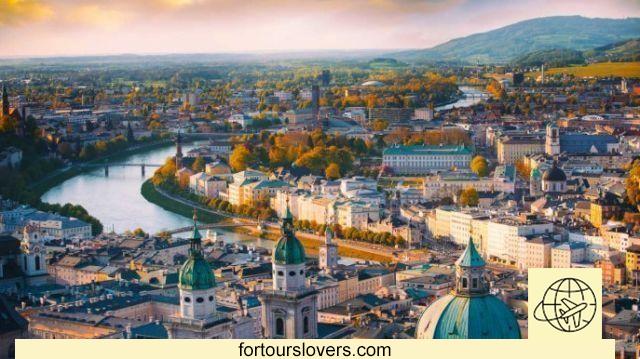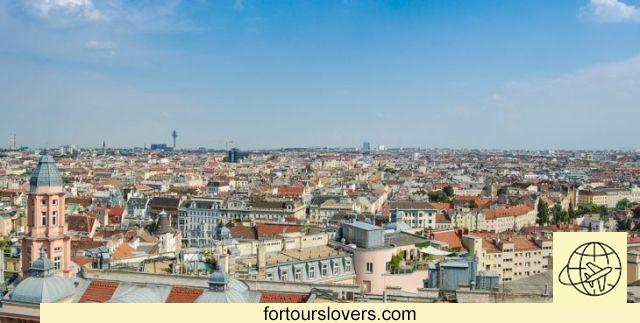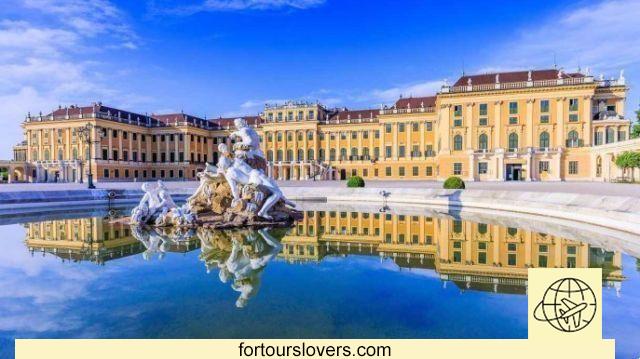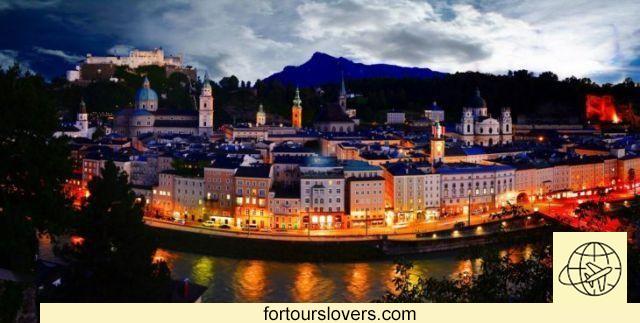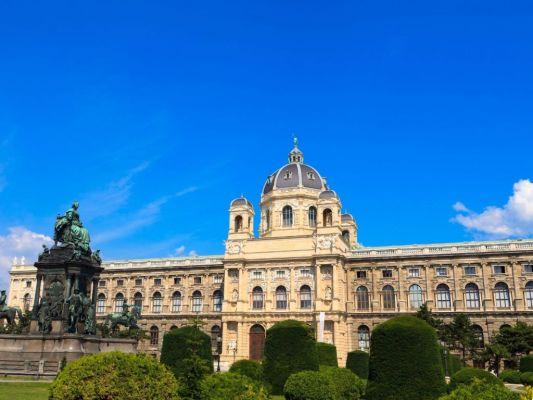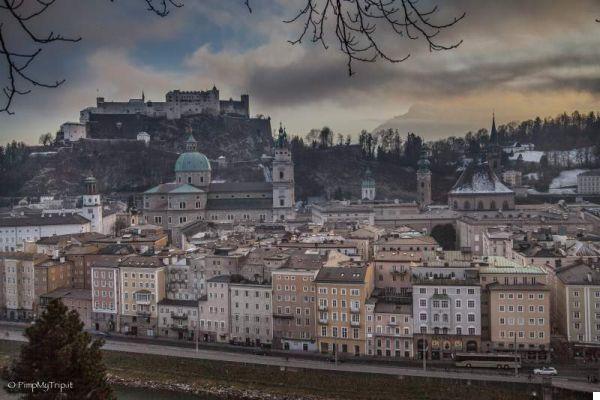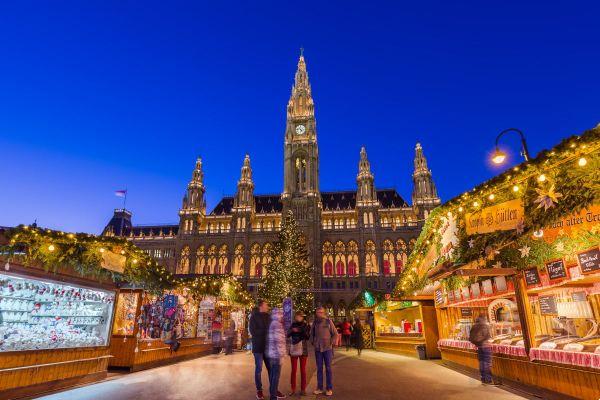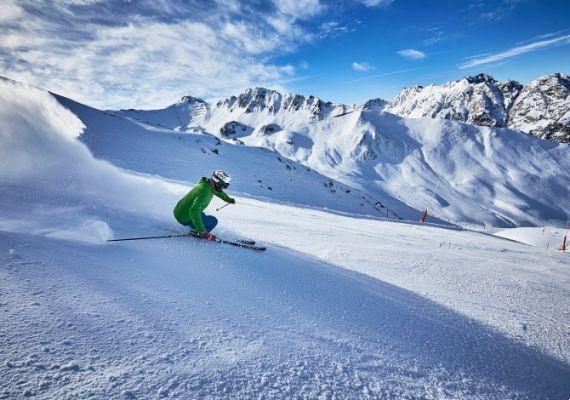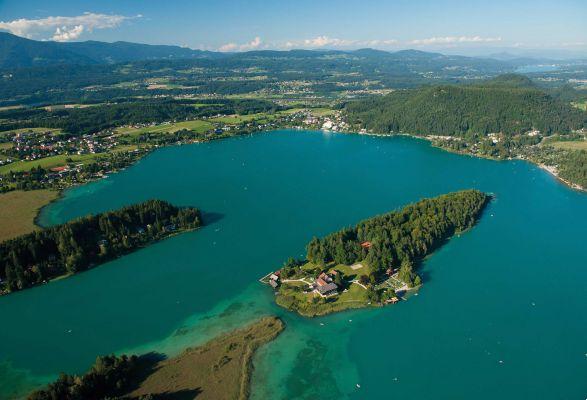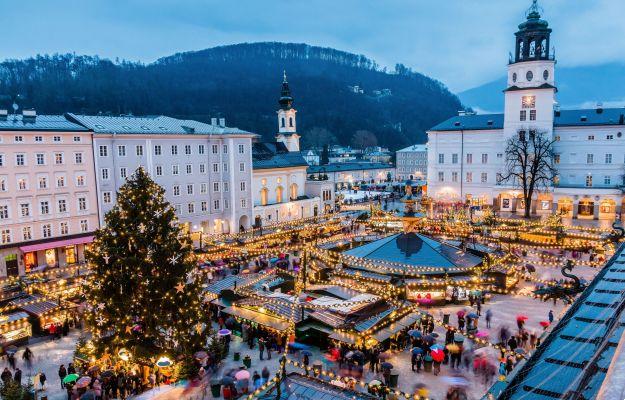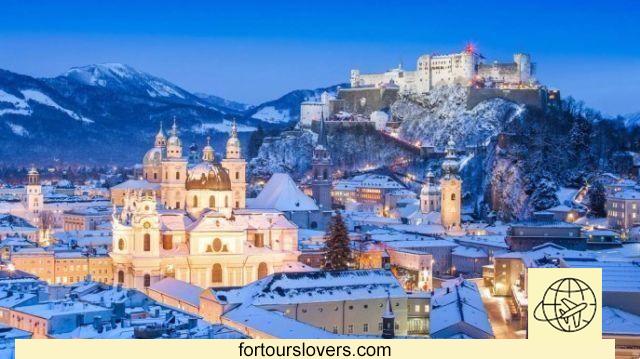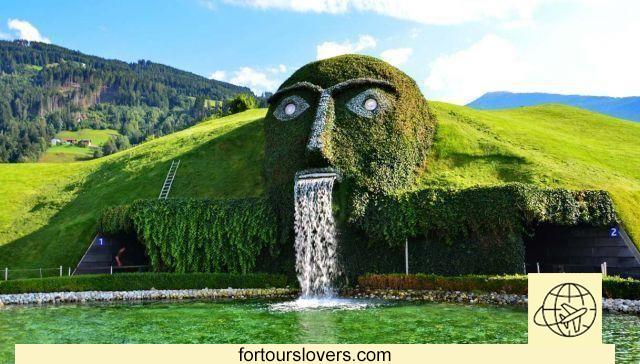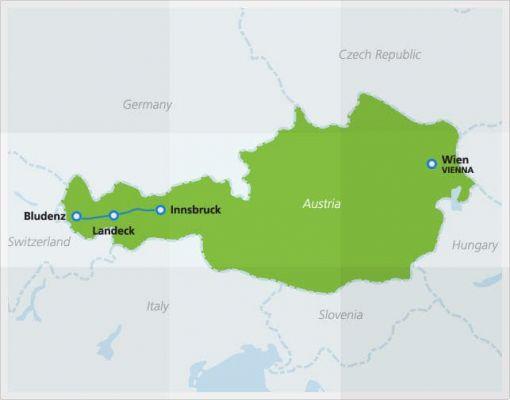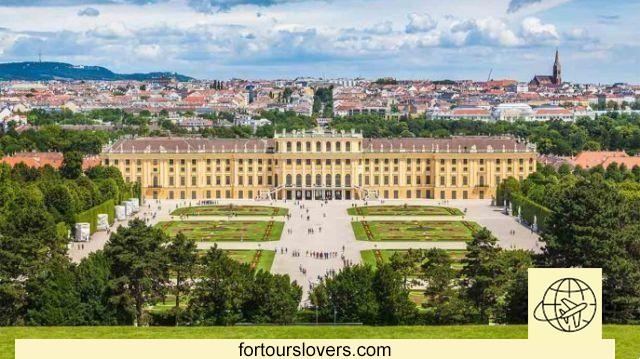
It is one of the most popular and visited attractions in Vienna as well as one of the most important cultural sites in Austria, declared a World Heritage Site by UNESCO since 1996: it is the monumental Schönbrunn Palace, sumptuous summer residence of the imperial family.
The incomparable view of the capital, the grandeur of the building and a dream park They make it the main destination to discover during a trip through these parts.
The story of the wonderful Viennese masterpiece
The history of Schönbrunn has its roots in Middle Ages, when the estate was called Katterburg and belonged to the feudal domains of Klosterneuburg Abbey: there was also a mill here and agriculture and viticulture were practiced.
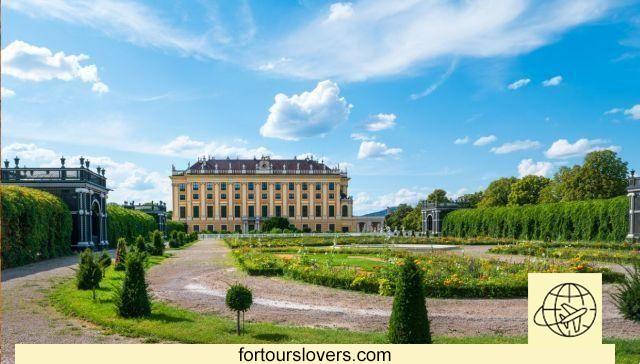
In 1569 it was bought by Emperor Maximilian to convert it into a hunting estate and, over the centuries, it underwent various modernizations and modifications.
In particular, in 1696, Leopold I commissioned the architect Johann Bernard Fischer create, for his son Joseph I, a baroque residence that would emulate the prestigious Palace of Versailles but, due to the limited budget, this was not possible.
In fact, the Viennese masterpiece was consolidated almost a century later, when Maria Teresa and the architect chooses it as a summer residence Nicolas Pacassi she rebuilt and expanded it for her starting in 1743 with delicate Rococo touches in “Maria Teresa ocher” and a “bright” façade in contrast to the darker Royal Palace used during the winter.
Its sumptuous halls were the scene of parties, affairs of state and even saw a very young mozart Acting before the Habsburg court at the age of 6.
Experience the charm of the court
Taking time to discover Schönbrunn Palace is to relive the charm of the Habsburg court in all its glory. The complex has good 1441 Rococo style rooms, of which 40 are open to the public: the Imperial Tour allows you to admire 22 while the Grand Tour continues in the remaining 18, including the interiors of the XNUMXth century in the time of Maria Theresa.
They immediately attract attention the floors of Emperor Franz Joseph and his wife "Sissi", richly furnished in 18th century style, with the Emperor's Audience Room and the so-called "Walnut room“, characterized by notable walnut coffered ceilings from 1766 and a chandelier carved in wood and covered in gold.
La bedroom of Franz Joseph, where he died after 68 years of reign, is minimalist, with a simple single bed.
Worthy of mention is Empress Elizabeth's apartment with its private study, the intimate dressing room and then the common bedroom, set up for the wedding in 1854, and the Marie Antoinette's room which in Sissi's time served as a dining room: today there is a table set for family dinner with cutlery, delicious crystal glasses and authentic Viennese porcelain.
One of the most charming rooms in the Palace is undoubtedly the hall of mirrors, with the glass mirrors that give it its name and the superlative rococo decoration in white gold.
On the ground floor, however, they attract attention Bergl rooms, among the most fabulous rooms that María Teresa occupied, with spectacular murals on the walls that range from formal baroque gardens to exotic landscapes, created by the bohemian artist. Johann Wenzel Bergl.
Finally, excite the great gallery, 43 meters long, adorned with frescoes, stuccos, rococo style decorations and two imposing crystal chandeliers.
An extraordinary park to say the least.
If the Castle is a true gem, the park, open to the public since 1779, is no exception.
Almost two kilometers wide and baroque in style, it houses fountains, monuments, statues and english gardens and it is revealed as an inimitable place of recreation for citizens and tourists, open free of charge with some exceptions.
Watch theOrangery, a 189-meter-long tunnel built to house citrus trees in winter and now hosts daily concerts, the Obelisk Fountain, built in 1777, the Gloriette, one of the most significant monuments, commemorating the Battle of Kolin in which Austria defeated Prussia in 1756, and the zoo, the oldest in the world.




